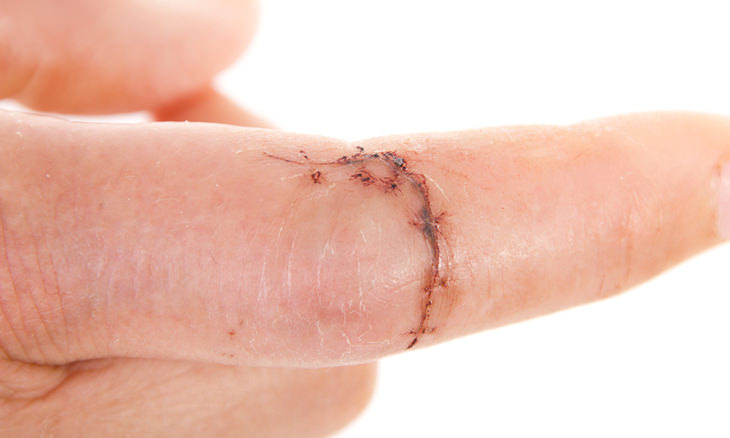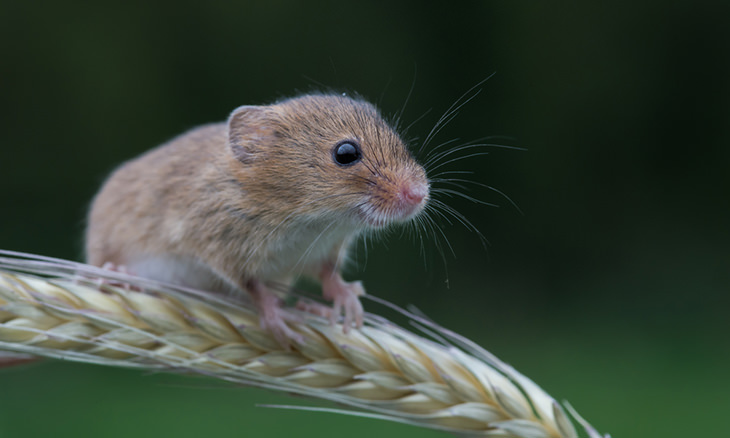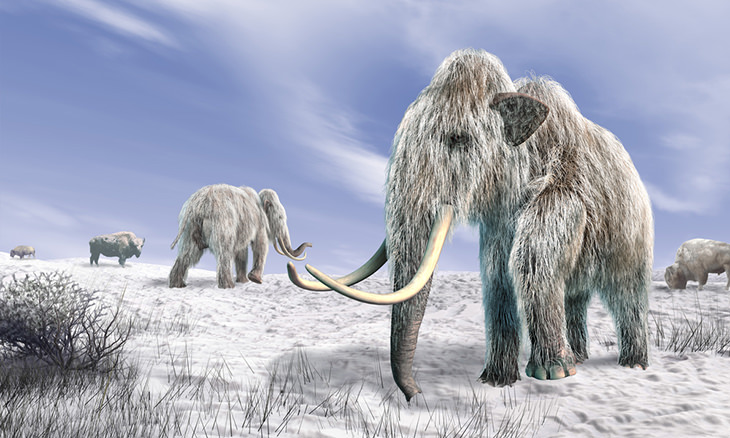

Scientists have discovered that tissue from pigs’ bladders can actually be dried into a powder that can be used to regrow human fingers. Extracellular matrix differs from other tissue in mammals because it contains a protein that stimulates total tissue regrowth. This is similar to how lizards can regrow their tails. It has been used to reattach severed fingers, develop new fingertips and even regenerate the muscles of a wounded Iraq War veteran.
2. Spider silk genes inserted into goats
Spider silk is up to five times stronger than steel, but the problem has always been finding a way to harvest it in large quantities. In recent times, however, scientists have discovered a way to insert spider silk genes into goats in order for their milk to contain silk protein, which can then be harvested and used to create artificial limbs, bulletproof vests, and other products.

Human embryonic stem cells have been injected into the brains of fetal mice by scientists, and they found that these cells continued to develop alongside the mice’s own brain cells after they were born. It’s believed that such a technology can be used to advance research on human brain disorders and improve experimental medication testing in the near future.
4. RFID implants inserted into humans
The American Food and Drug Administration recently approved the implantation of radio-frequency identification chips in human beings, opening the door to prisons, hospitals and companies using such chips to track people’s locations, medical history and even grant or deny access to rooms and documents. In fact, correctional facilities are already using them to monitor the location and behavior of inmates.

Okay – this hasn’t actually happened yet, but this is being attempted as we speak. For instance, the genetic material of a Tasmanian tiger, a species that has been extinct since 1936, has been spliced with the DNA of a lab mouse. Similarly, scientists are hard at work developing a 21st-century woolly mammoth using 10,000-year-old blood that has been well-preserved.
6. Electrodes implanted into beetles for surveillance purposes
This one is probably the creepiest on the list. DARPA, the Defense Advanced Research Projects Agency, has funded scientists at the University of California to implant electrodes into giant flower beetles. Doing this has allowed them to signal to the beetles remotely and make them turn, take off or even hover in mid-flight. DARPA aims to use the creepy-crawlies to assist with search and rescue missions and government surveillance.

A Dutch biotech company has genetically engineered cow’s milk to contain the human protein, lactoferrin, which is most commonly found in human breast milk. This protein is excellent at boosting the immune system, and even fighting off a wide range of infections. The aim of this research is to create dairy products infused with this protein so that people can reap the health benefits from it.
8. Lab-grown meat
The meat industry is responsible for much of the greenhouse gas emissions that are emitted into the world’s atmosphere every day, so imagine if meat could be grown without actual animals having to be slaughtered. This possibility has arisen from the researchers being able to use pig stem cells to grow pig muscle cells. The only stumbling block is that the muscle tissue does require exercise in order to become palatable.

Spacewalking is risky for astronauts that need to leave the confines of a spacecraft to conduct repairs, as well as conduct menial or life-threatening tasks in a spacecraft’s interior. That’s why NASA developed the Robonaut, a robotic torso that worked on the International Space Station for a number of years. The Robonaut is due to return to Earth for repairs this spring.
10. Biomass-munching robots
A robot named the Energy Autonomous Tactical Robot has the ability to consume biomass with its claws and chainsaws and turn it into steam energy via a steam furnace. It’s funded by an agency of the US Department of Defense, which hopes to use the robot to perform long-range missions without needing to refuel manually.
